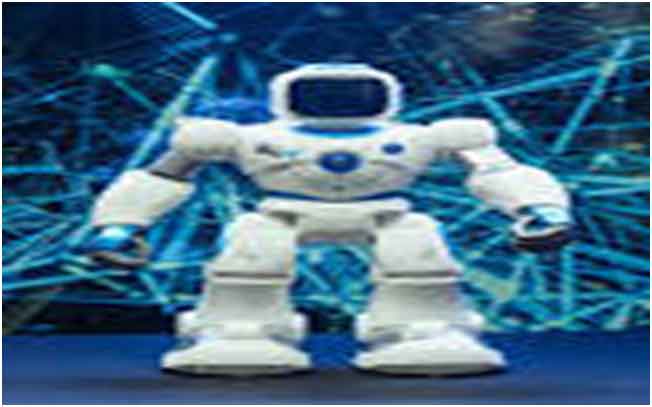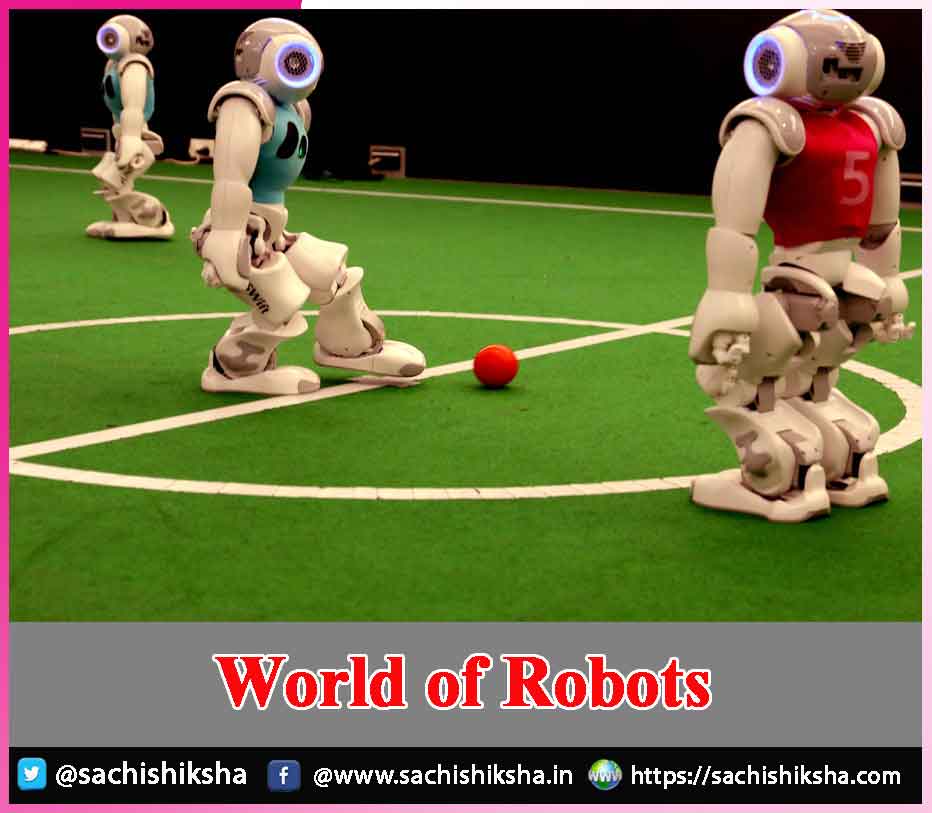World of Robots
Introduction: When we heard the expression ‘robot’, we immediately envision a metallic structure with arms and legs that resemble humans and conduct jobs for us. However, in reality, it is only a technology that may be controlled remotely via an inbuilt computer and does not necessarily resemble a human. Robotics is a discipline of engineering and science concerned with the design, construction, and operation of robots as well as computer networks for control, feedback from the senses, and data processing.
Table of Contents
Human Fantasy & Robots:

Evolution of Robotics:
Robotics is evolving from repetitive robots to intellectual companions as a result of modern sensor-driven transformation. They’ve evolved into a vital link in an ever-changing chain that includes individuals, other electronic devices, and the digital surroundings in which they function. Robots have made significant contributions to contemporary sectors, allowing most equipment, gadgets, travel, and processed meals to be manufactured successfully and affordably.
Robotics in 21st Century:
There is no doubt that the twenty-first century has seen incredible discoveries and accomplishments. With the growth and distribution of smartphones to the incredible advancements in artificial intelligence, machine learning, robotics, and automated technological advances, the past few decades have seen the introduction of astonishing new goods and breakthroughs that make our lives simpler and better.
Robotics has advanced from the realms of science fiction to real-life scenarios, executing sophisticated tasks and altering the environment we live in. Recent robotics advancements have given various avenues for robot integration into human life. Robotic uptake will almost certainly be a key predictor of company productivity. Robots have the ability to transform the way companies are conducted and are designed to provide higher levels of automation features to the corporation.
Multiple Tasks of Robots:
Sweeping robots guard our everyday spaces, engaging robots follow our kids around, manufacturing robots manufacture vehicles, evacuation robots seek for and rescue individuals during disasters, and healthcare robots do procedures in hospitals. Top technology companies are constantly racing to revolutionize the manner in which robotics are applied in people’s daily lives, which will lead to a very interesting future.
The barrier between classrooms and personal educational environments is already blurring in the education industry, and cloud-connected home robots are growing into an important component of our life. This demonstrates that robots will have a significant impact on work environments of the future. They will be able to take on multiple responsibilities inside an organization.
The Future of Robots:
AI improves interaction between humans and robots, cooperation prospects, and overall performance. Co-bots, or robots that function with people to do research and installation, are currently in use in the manufacturing industry.
AI advancements enable robots to more precisely replicate human behaviour, and this is the reason they were designed in the initial place. Robots that behave and function more like humans are more easily incorporated into the job market and provide a degree of productivity that actual human workers cannot surpass.
Robots will boost productivity and economic expansion while also opening up new career prospects for many people throughout the world. However, there are still concerns of major unemployment, such as the loss of 20 million industrial jobs by 2030 or the possibility of 30% of all employment being replaced by machines by 2030.
However, because of the continuous levels of accuracy that robots provide, we can anticipate robots doing more of the tedious, repetitive manual labour duties, enhancing transport work, boosting healthcare, and liberating human for bettering themselves.
According to a McKinsey report, robots and automation will change the manner in which we function. They believe that various talents will be required to get work throughout Europe. According to their forecast, activities requiring mostly physical and manual abilities will shrink by 18% by 2030, while those requiring basic cognitive abilities will decrease by 28%.
Robots Capable of Improving Our Lives:
Machines and robots with the capacity to acquire knowledge could have a wider range of uses. Robots that are capable of adapting to their environment learn new procedures, and change how they operate in the future will be more appropriate to more complicated and variable activities. Finally, robots have the capacity to improve our lives.
Problems Faced by Robots:
Nowadays, there are several robots of all kinds, dimensions, and constructions, but all of these face similar issues. For example, while the robots in the DARPA competition performed well in human-like activities, they lacked an adequate mechanism for perceiving their surroundings and instead merely followed the operator’s commands. Then there are also little robots like Darwin made by ROBOTIS that can move around, play football, and even stand up after tripping but cannot be used in industries that need physical ability. Anki also has a robot called Cozmo that can exhibit emotions and play. However it is only for purposes of entertainment.
Limited Use of Robots:
An additional concern is that the exact nature of the duties assigned to the robots must be limited. It makes sense to use them in areas that are potentially hazardous for people to enter, but it highlights the question of who will be held accountable if something goes wrong. Without a question, technological advances have always provided numerous advantages and perform a significant part in our lives, but it is also critical to determine the limits of its use.















































